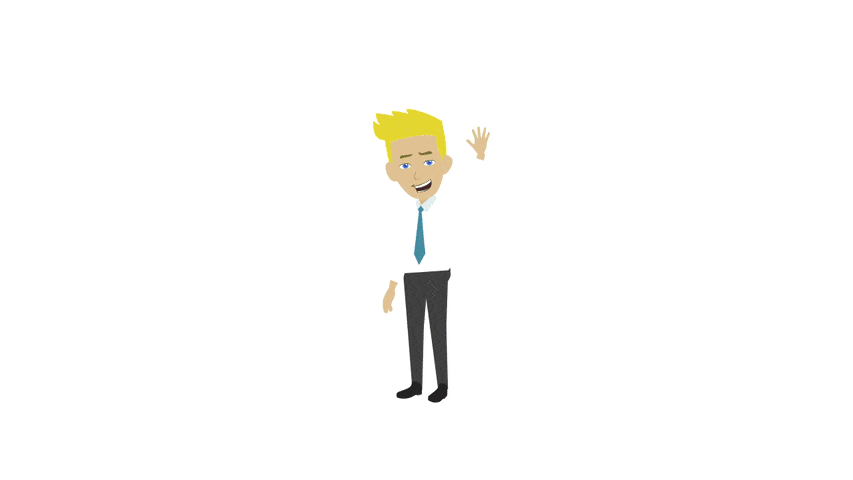In 1912, the Titanic left England on its way to New York, but it never made it. The iceberg it hit in the North Atlantic, by most estimates, was only small to medium-sized. But the message that the iceberg sent was clear: No matter how large the ships, or how great their engineering, they were not immune to the dangers that icebergs presented. The reality is that every day your business is forced to navigate a field of icebergs, any one of which could threaten to “sink your ship” if not spotted early enough, giving you enough time to avoid the collision. One of the icebergs is the inventory in your warehouse.
When I ask people how much they think it costs to carry inventory in their warehouse, the answers I hear vary widely. The most common response I hear, however, is: “With today’s interest rates, not much”. As the saying goes. the interest you pay on your inventory only represents “the tip of the iceberg”. In fact, although it varies depending on your industry, the interest you pay on your inventory can represent less than 5% of the total cost of carrying that inventory!
Like an iceberg, the bulk of your carrying cost lies hidden below the water. This is the part of the iceberg that can sink your company if not recognized soon enough. Let’s explore some of the areas that contribute to the total cost of carrying inventory and why it is important to remember them as you consider the amount of inventory you can comfortably carry.
Cost of Money
The first, and by far the largest factor in inventory carrying cost is the cost of money. Yes, this includes the interest you are paying on your money, but it is much more than just that. The larger part of the cost of money comes from lost opportunity cost. If you currently have $5,000,000 of inventory, you likely have that sitting on a credit line. If you could reduce your inventory to $4,000,000, what would you do with the $1,000,000 of increased cash flow? Would you let it sit unused? More than likely not. You would probably reinvest it where it could help your company. New trucks, expanded territories, additional people, and newer, more efficient technology all become possible with that increased cash flow.
This cost is typically seen as about 15% of your average inventory.
Storage
Whether you own or lease, you are paying for warehouse space. The more inventory you have, the more warehouse space you need. In addition, you may have an expensive set of racks, conveyors, and mezzanines. If you did not have so much inventory, what would you do with the smaller space requirement? Would you have a smaller warehouse? Could you rent out the extra space? Would you expand your product offerings? If so, please see: “Opportunity Cost”.
Storage cost typically adds 4% to your carrying cost.
Taxes
As Ronald Reagan said, “Government’s view of the economy could be summed up in a few short phrases: If it moves, tax it. If it keeps moving, regulate it. And if it stops moving, subsidize it.” Your inventory is always moving…so the government will tax it. Some districts tax inventory outright. The more inventory you have, the more taxes you will pay. Even if you are fortunate enough to operate in a district where this is not the case, most accounting rules see inventory as an asset. Any time you increase inventory, it shows as a “profit” and will be taxed as such.
Taxes will generally add 2.5% to your annual carrying cost.
Obsolescence
There’s no denying it, as quickly as trends come and go there will be times when products in your inventory will become obsolete. No matter how efficient your buying staff or how long they have been in their roles, they can’t possibly anticipate every change in the market. If you have any VCRs in your warehouse today, it’s a safe bet they won’t be going anywhere.
Typical losses due to obsolescence and spoilage are 1%.
Shrinkage
This category should not be confused with obsolescence. It includes inventory that came into the warehouse and should have been sold but can’t and won’t be. Whereas obsolescence and spoilage have to do with purchasing and the market demand, pilferage and damage can often be attributed to human behavior in your warehouse. Although this cost can vary greatly from one industry to the next, and can often be controlled and reduced, it can never really be eliminated.
Whether a forklift hits a pallet, a jar gets dropped during handling, or someone gets overzealous with a box cutter, damaged products in a warehouse are a fact of life and must be accounted for. The longer something sits in your warehouse, the greater the risk of it being damaged or disappearing.
The typical cost associated with shrinkage and damage is 1%.
Insurance
Your insurance company is most likely charging you based on the average amount of inventory you have on-hand in your warehouse. Although this cost is not huge, it is still present.
Insurance costs are typically .5%.
When it is all added up, the cost of carrying your inventory can easily exceed 25%!
So there you have it. What started out as a small problem, paying 1-2% interest on your inventory, has become a tremendous liability that could threaten to sink your company if it is not managed properly. After all, it wasn’t the tip of the iceberg that sank the Titanic; it was the much larger section that lay hidden below the water.




